
How to Ask For Customer Feedback for Your SaaS Product
In the constantly evolving world of SaaS, the customer's voice has never been more critical. The best SaaS companies know customer feedback is the backbone of their product development process. It provides the raw, unfiltered insights necessary to create a product that meets customers' needs and expectations and avoids failure.
But how can you effectively request customer feedback for your SaaS product? How can you ensure that you're asking the right questions at the right time and in the right way? And how can you manage and use this feedback to drive meaningful improvements?
In this blog post, we will delve into these questions, providing practical tips and strategies for effectively collecting customer feedback. Whether you're a start-up just launching your first product or an established SaaS company looking to fine-tune your feedback process, this guide is for you. Let's start our journey toward creating a more customer-centric SaaS company.
Why Ask for Customer Feedback for a SaaS Product?
Asking for customer feedback is an essential part of running a successful Software as a Service (SaaS) business for several reasons:
- Product Development and Improvement: Customer feedback can provide insights into what features they value the most, what functionalities may be missing, or what aspects of the product may need improvements. This enables SaaS businesses to prioritize their product development efforts and resources effectively.
- Understand User Experience: Customer feedback can provide detailed insights into how customers interact with your product, what issues they might face, and what they enjoy about it. Understanding this can help you refine and improve the user experience.
- Measure Customer Satisfaction: Customer feedback can be used to gauge how satisfied your customers are with your product. High levels of customer satisfaction often translate to improved customer retention and loyalty.
- Customer Retention: Feedback helps you identify unhappy or unsatisfied customers who may be at risk of churn. By addressing their concerns or issues, you can improve their experience, increasing the chances of retaining them.
- Innovation: Customer feedback can provide new ideas for product features or services you might not have considered. It's a great way to tap into your customers' creativity and innovation.
- Building Customer Relationships: By asking for feedback, you show your customers that their opinions are valued and that you are committed to meeting their needs. This can strengthen your customer relationships, leading to higher loyalty and advocacy.
- Competitive Advantage: If you act on the feedback you receive, it can lead to product enhancements that provide a competitive advantage. It allows you to tailor your product to meet customer needs better than your competitors.
- Market Trends: Customer feedback can also reveal emerging market trends or shifts in customer behavior or preferences. This can be invaluable for strategic planning.
In the SaaS world, where customer retention is crucial and the fierce competition, understanding your customer's needs, preferences, and pain points through their feedback is key to success.
When to ask for Customer Feedback in SaaS Customer Journey?
Customer feedback is essential throughout the SaaS customer journey, as it can provide you with valuable insights into how customers interact with your product and what they think of it. Here's a guideline on when to ask for customer feedback:
1. Free Trial Signup/Onboarding: When a user signs up for a free trial or is onboarded, ask for their initial impressions of your service. This will give you insights into their first experience with your product. Did they find the sign-up process easy? Was the product easy to use? Did they encounter any issues or have any suggestions?
2. After Key Milestones or Interactions: Ask for in-app feedback after the customer has reached certain milestones, such as completing a key task for the first time or using a new feature. This will give you insights into their experience with your core functionality.
With Rapidr, you can capture in-app feedback by embedding a feedback board directly into your app. The more you collect and act on feedback, the more likely you’ll increase product adoption.
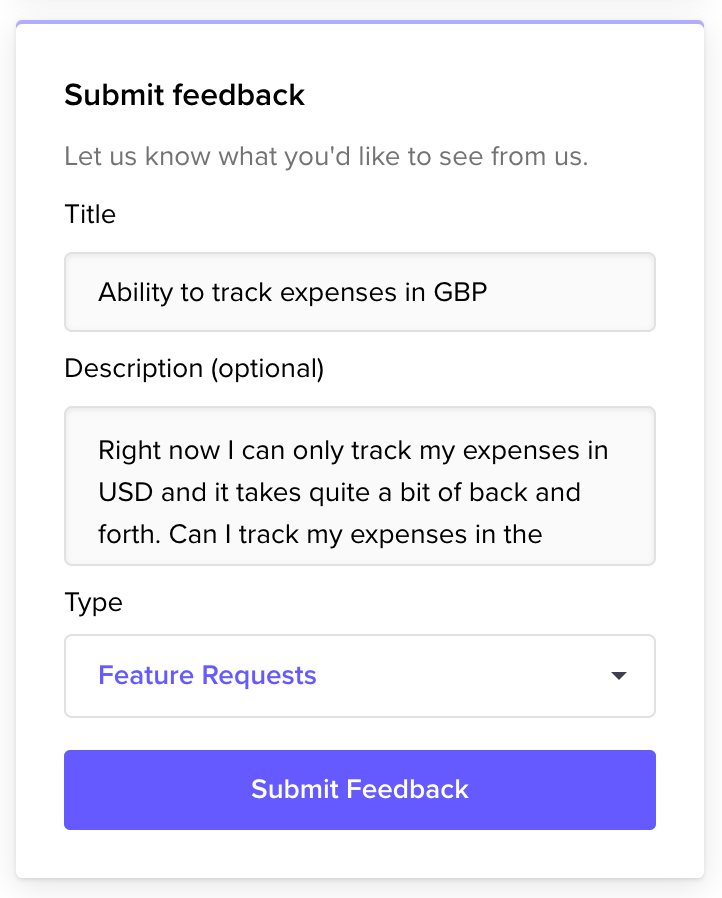
3. During Regular Usage: It's good to ask for feedback periodically during the customer's regular use of your product. This can help you understand if your product is meeting its ongoing needs. Is the product meeting their needs? Are there any features they wish were included or any they find unnecessary?
You can use feedback forms via Typeform with Zapier integration on your website and within your app with Rapidr.

4. Post-Support Interactions: After a customer has interacted with your support and customer success teams, whether it’s through email, chat, or a phone call, it’s a good time to ask for feedback. This helps you understand the quality of support you’re providing.
Track customer feedback in Slack using Rapidr's integration. Rapidr helps your customer success and product teams be more productive by capturing feedback directly from Slack without losing context.
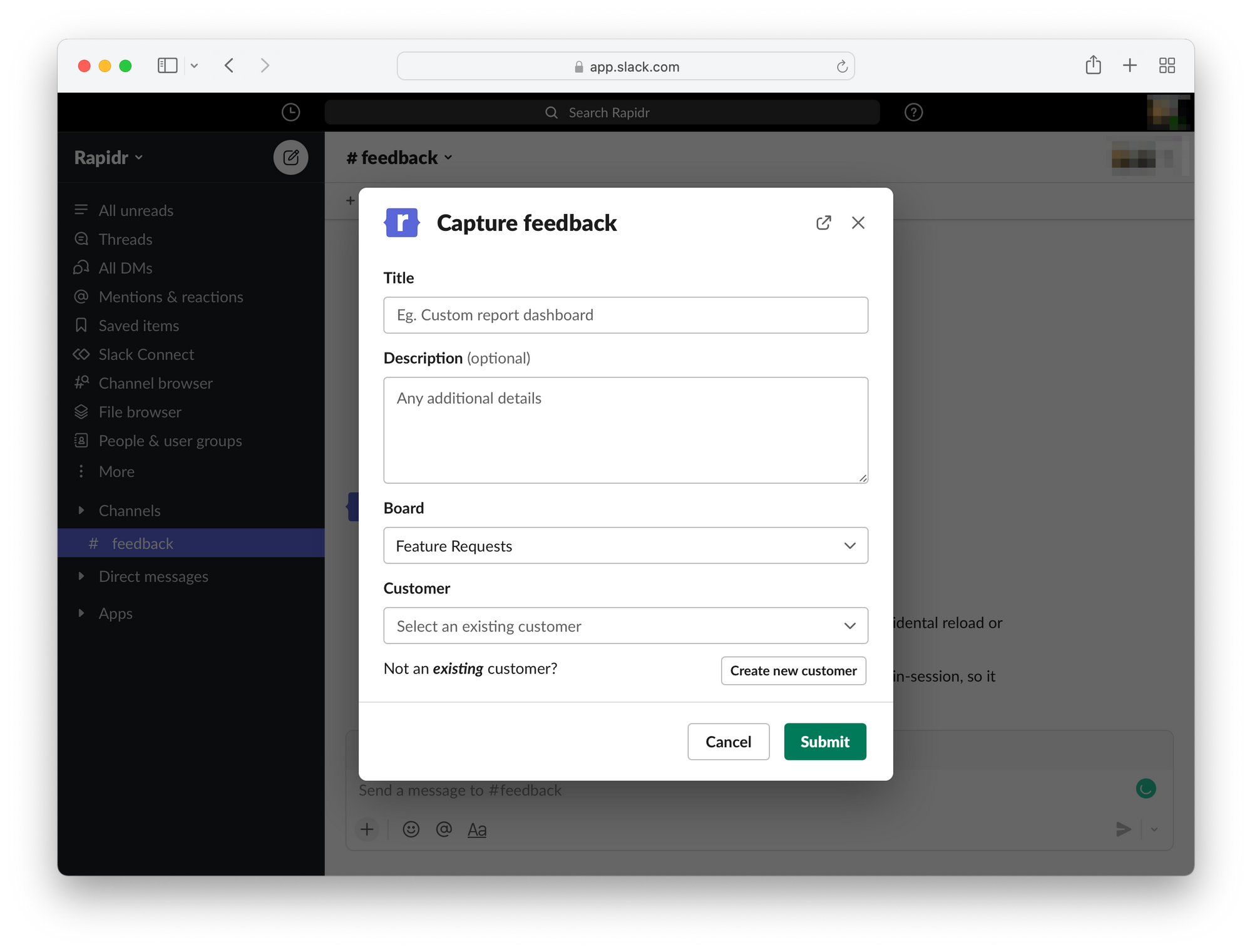
5. Product Updates/Releases: When you release new features or updates, reach out to users to see how they find them. This is important for validating your development roadmap and ensuring no usability issues with the new features.

6. Pre-Renewal: Before a subscription renewal is due, reach out to customers for their feedback. This can provide insights into what they like about your product, what needs improvement, and their likelihood to renew.
7. Churn: If a customer decides to cancel or not renew their subscription, it's crucial to ask for feedback. Why did they decide to leave? Was there something specific that caused them dissatisfaction? Understanding why customers churn can help you improve your product and retention strategy.
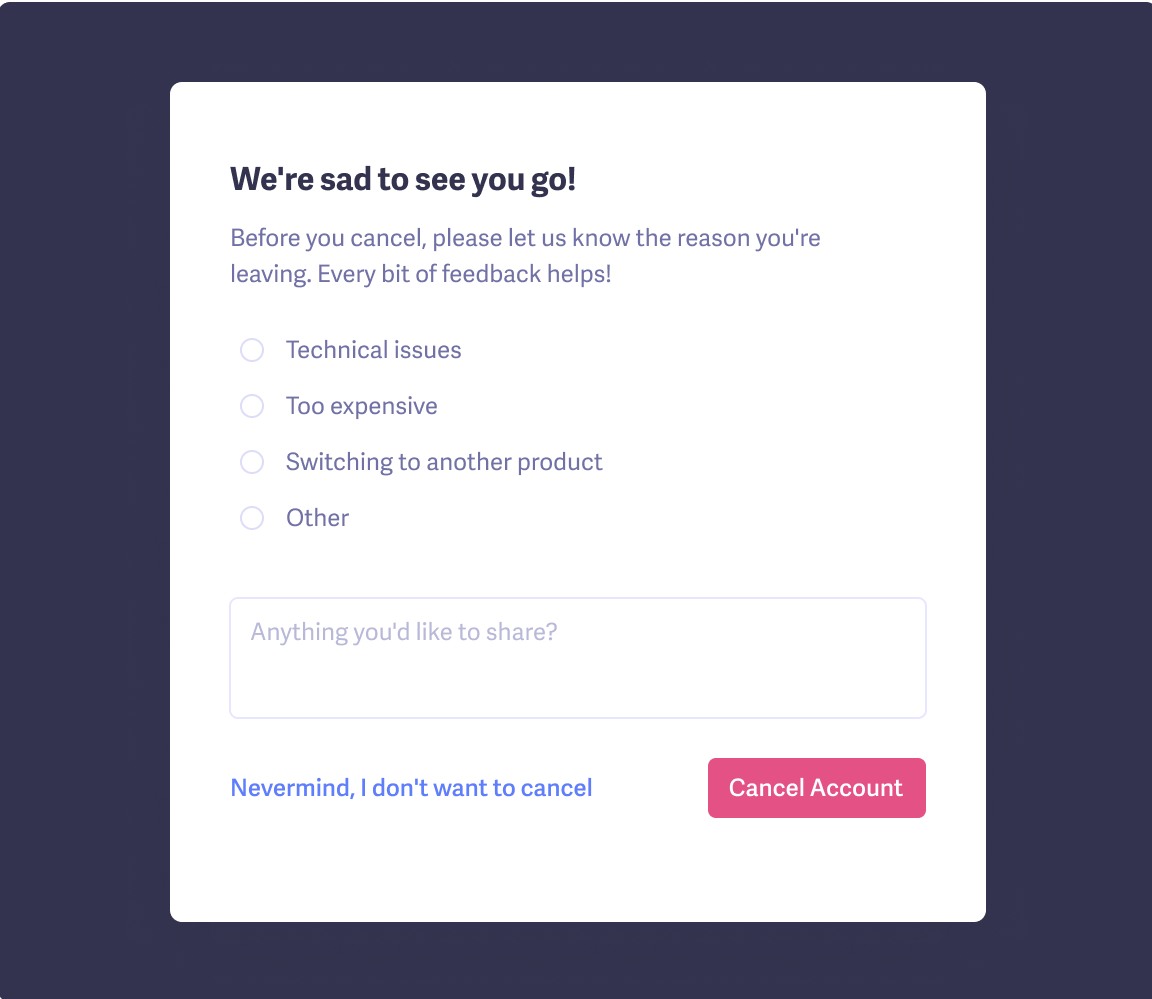
Remember that while it's essential to collect customer feedback, it's equally important to act on it. Analyze customer feedback, look for trends and common issues, and use this information to drive improvements in your product. It's also good practice to communicate back to your customers to let them know that their feedback is valued and has been heard.
How to ask for Customer Feedback for your SaaS product?
Asking for customer feedback is crucial in improving and optimizing your SaaS (Software as a Service) product. Here are some strategies to collect feedback effectively:
Feedback Surveys
Surveys are a classic way of getting customer feedback. You can send surveys to your customers via email or even pop them up in your product. Use a combination of multiple-choice and open-ended customer feedback questions for comprehensive feedback. Tools like SurveyMonkey, Google Forms, or Typeform can help you create and distribute these.

Feedback Portals
Create a centralized place for product feedback to keep track of different types of customer feedback and improve SaaS products while listening to their customers. This is possible with Rapidr.
Rapidr helps SaaS companies be more customer-centric by consolidating feedback across different apps, prioritizing requests, having a discourse with customers, and closing the feedback loop.
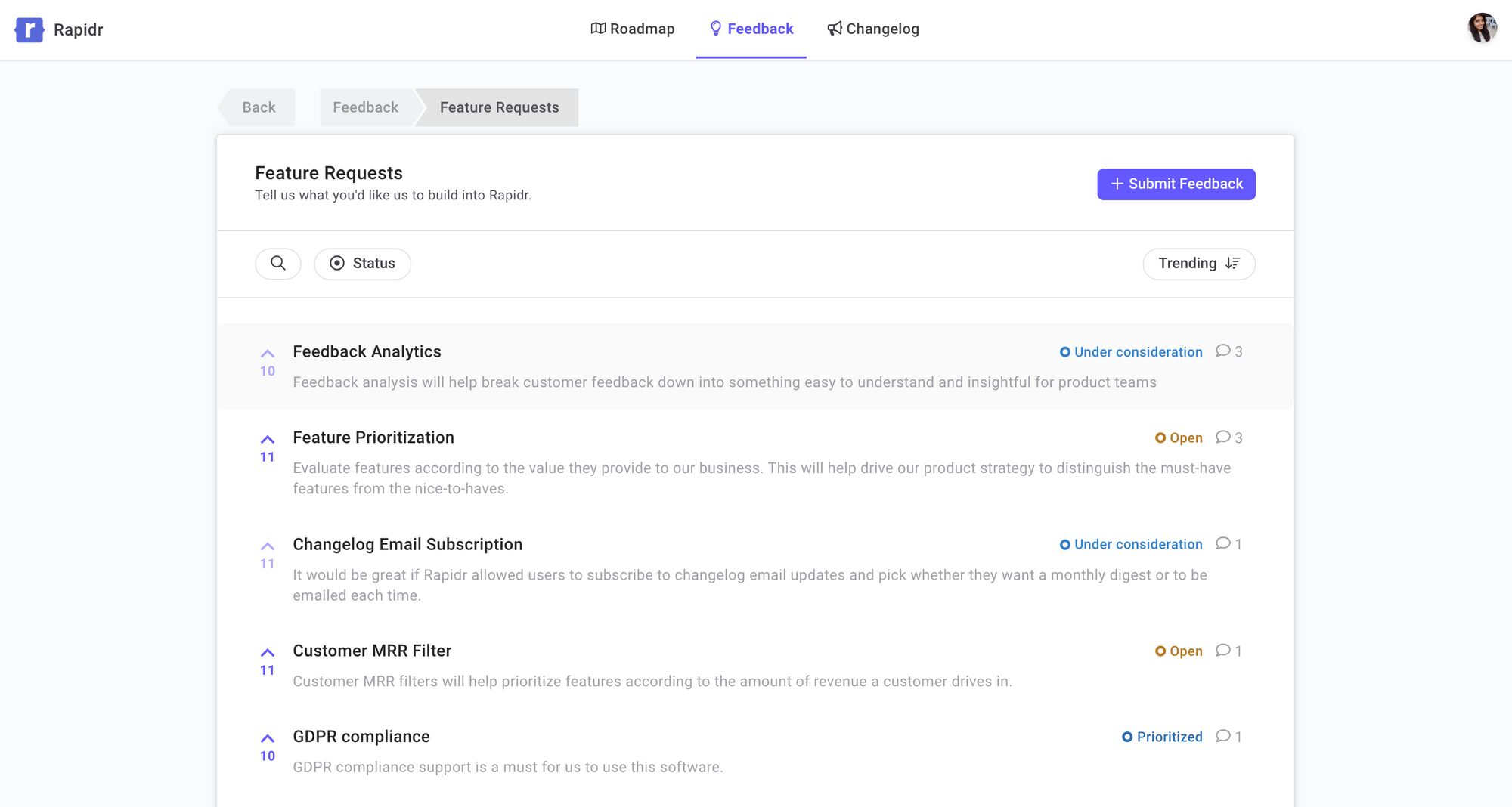
Feedback Forms
Integrate feedback forms directly within your software with feedback management systems. After certain actions or on particular screens, prompt users to provide feedback. Make sure these forms are not intrusive to the user experience.
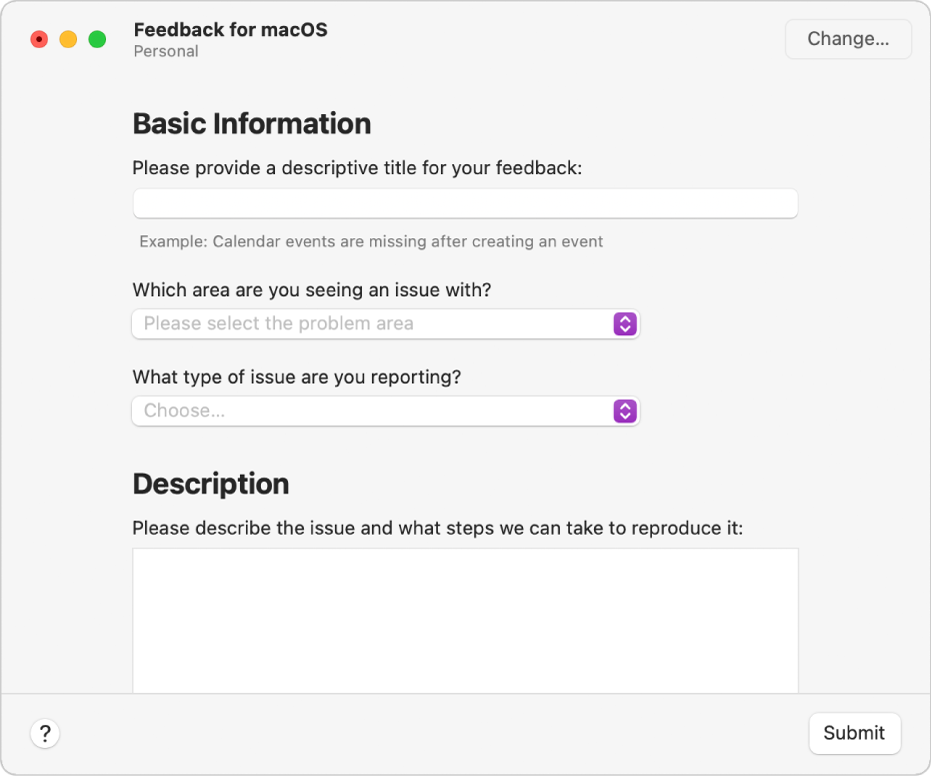
In-app Feedback
Utilize in-app feedback platforms to ask users about their experiences in real-time. This can be done through chatbots or pop-up messages, prompting immediate feedback while the user is engaged with the product.
Rapidr's deep Intercom Integration makes it easy for your product and customer success teams to track incoming feedback on Intercom.

Emails
Personalized emails can be an effective way to gather feedback. The approach can range from casual (e.g., "We noticed you've been using our product for a while and would love to hear your thoughts") to more formal, depending on your relationship with the customer.
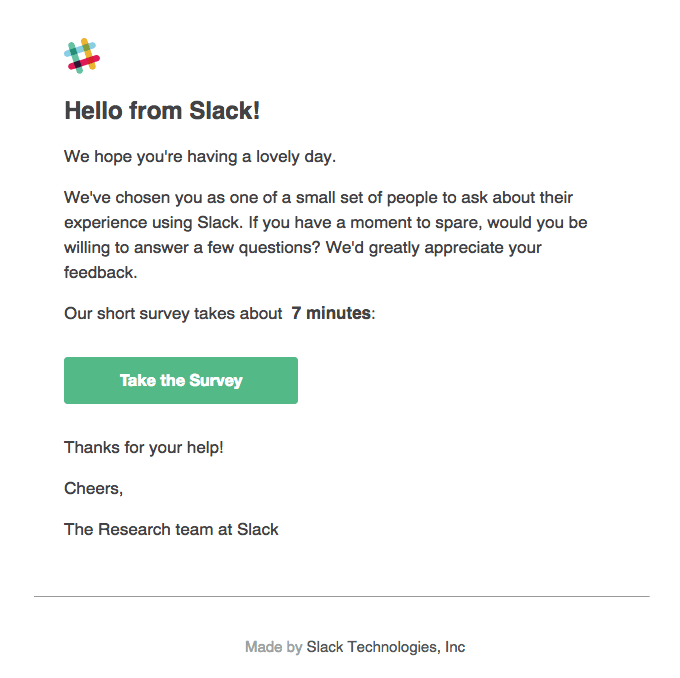
User Interviews
If your SaaS product is complex or needs in-depth insights, conducting one-on-one user interviews can be invaluable. They allow you to understand your customers' needs, pain points, and overall experience with your product.
Usability Tests
Collect beta testing feedback by asking a group of customers to test new features of your product. You can do this through various platforms by organizing beta-testing groups among your customers.
Social Media & Online Forums
Monitor your company's social media profiles and any online community feedback forums where your product might be discussed. You can gather feedback from these discussions or even ask questions directly.
Net Promoter Score (NPS)
An NPS survey consists of a single question: "On a scale of 0-10, how likely are you to recommend our product to a friend or colleague?" It's a simple way to gauge customer satisfaction and loyalty.
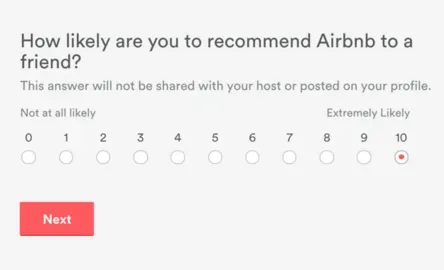
Customer Support
Your customer support team often interacts directly with customers and hears their pain points and praises first-hand. Ensure there's an internal team feedback system setup for this valuable information to be collected from customer-facing teams and shared with the product team.
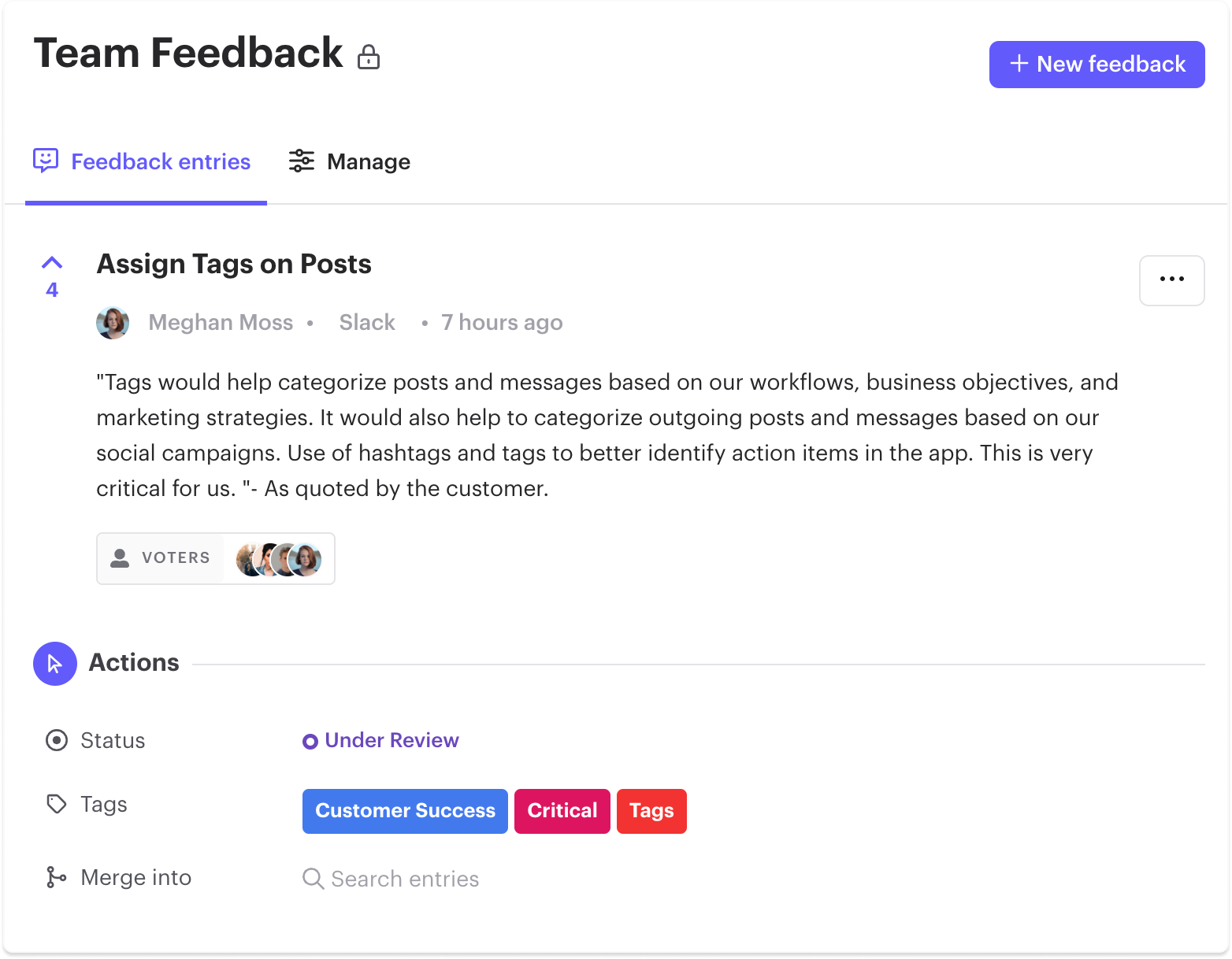
Customer Advisory Board
Establishing a customer advisory board can be a great way to receive regular feedback from a dedicated group of customers. They can provide insight into your product roadmap, new feature ideas, and their overall experience.
Remember, when asking for feedback, be open and receptive to the responses. Positive feedback is great, but negative feedback is where you can learn and grow. After gathering feedback, the next step is to analyze the data, draw insights, and then iterate your product based on the feedback.
Also, it's important to close the feedback loop. Let your customers know that their feedback has been heard and appreciated, and update them on the changes you're making based on their input. This will make them feel valued and encourage them to continue providing feedback in the future.
What to ask when seeking customer feedback? (Common Customer feedback questions)
The type of feedback you seek will largely determine the questions you should ask. A good mix of quantitative (score-based) and qualitative (open-ended) questions can give you a comprehensive understanding of your customer's perspective. Here are some useful questions:
Customer Satisfaction:
- On a scale of 1-10, how would you rate your overall satisfaction with our product/service?
- How would you rate your satisfaction with the functionality of our product/service?
Net Promoter Score (NPS):
- On a scale of 0-10, how likely are you to recommend our product/service to a friend or colleague?
User Experience:
- How easy was setting up and using our product/service? (Rate on a scale of 1-10)
- How would you rate the user-friendliness of our product/service?
- Can you describe any difficulties you've experienced using our product/service?
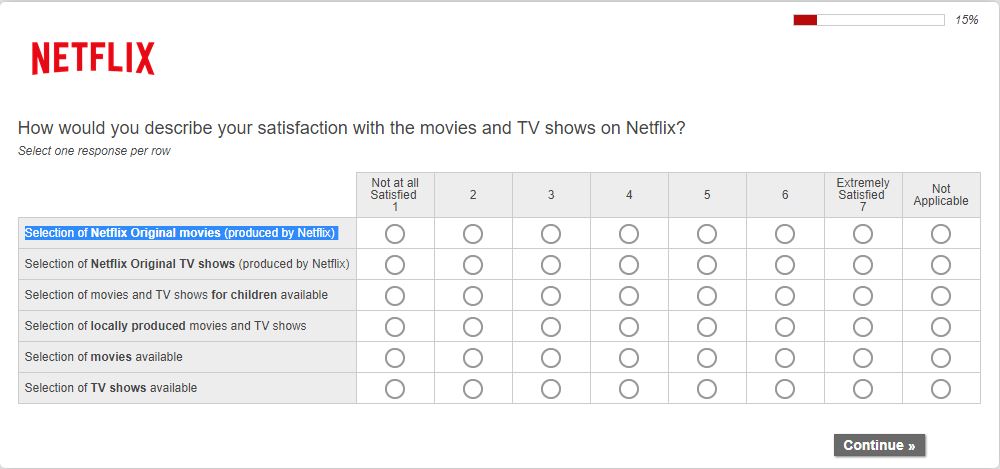
Product Specific:
- Which features do you use the most?
- Are there any features you don't use? If so, why not?
- What additional features would you like to see in the future?
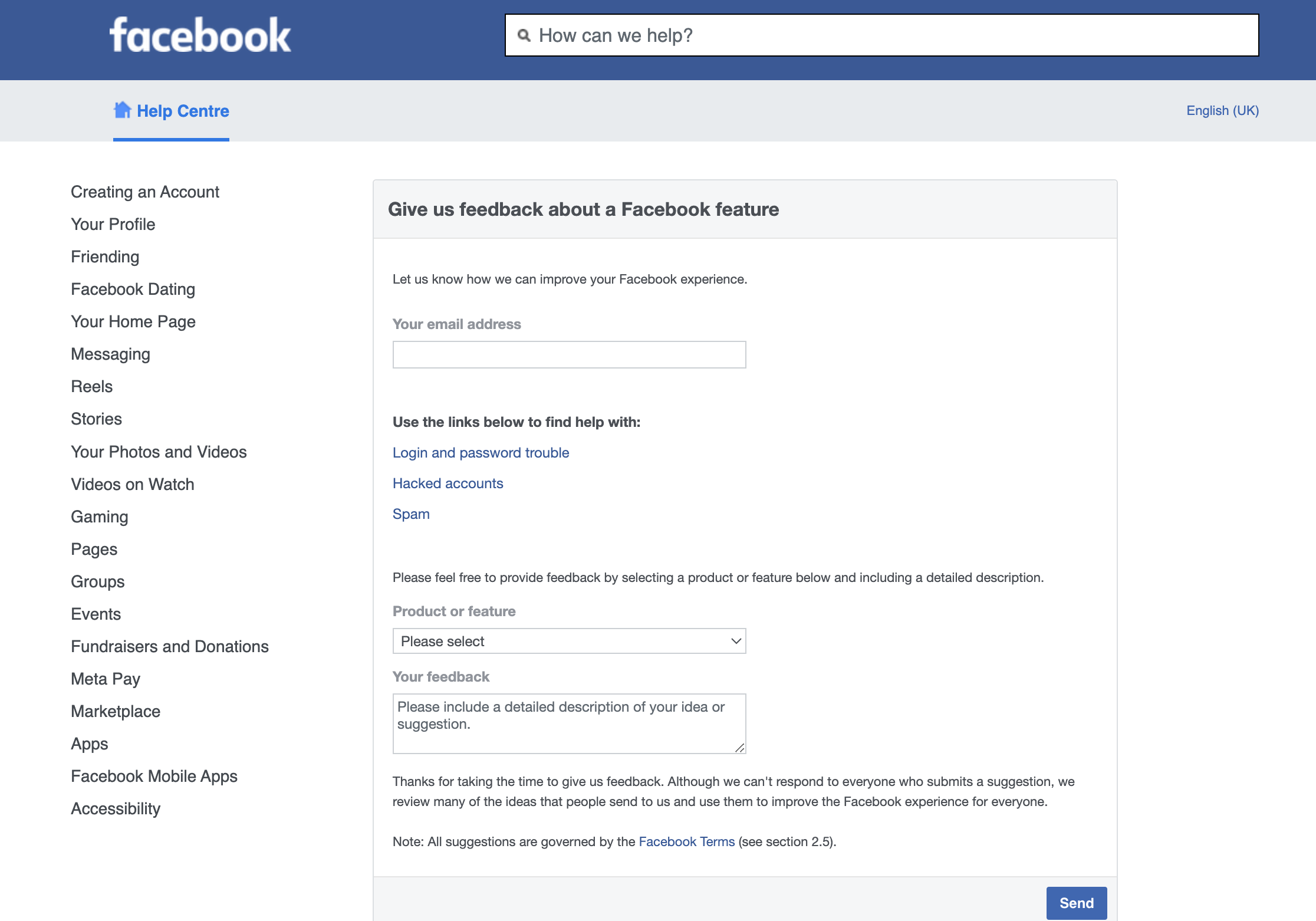
Customer Support:
- How satisfied are you with the customer support you received?
- How could we improve our customer service experience?
Value for Money:
- Do you believe our product/service provides good value for the cost?
Feedback for Improvement:
- What do you like least about our product/service?
- If you could change just one thing about our product/service, what would it be?
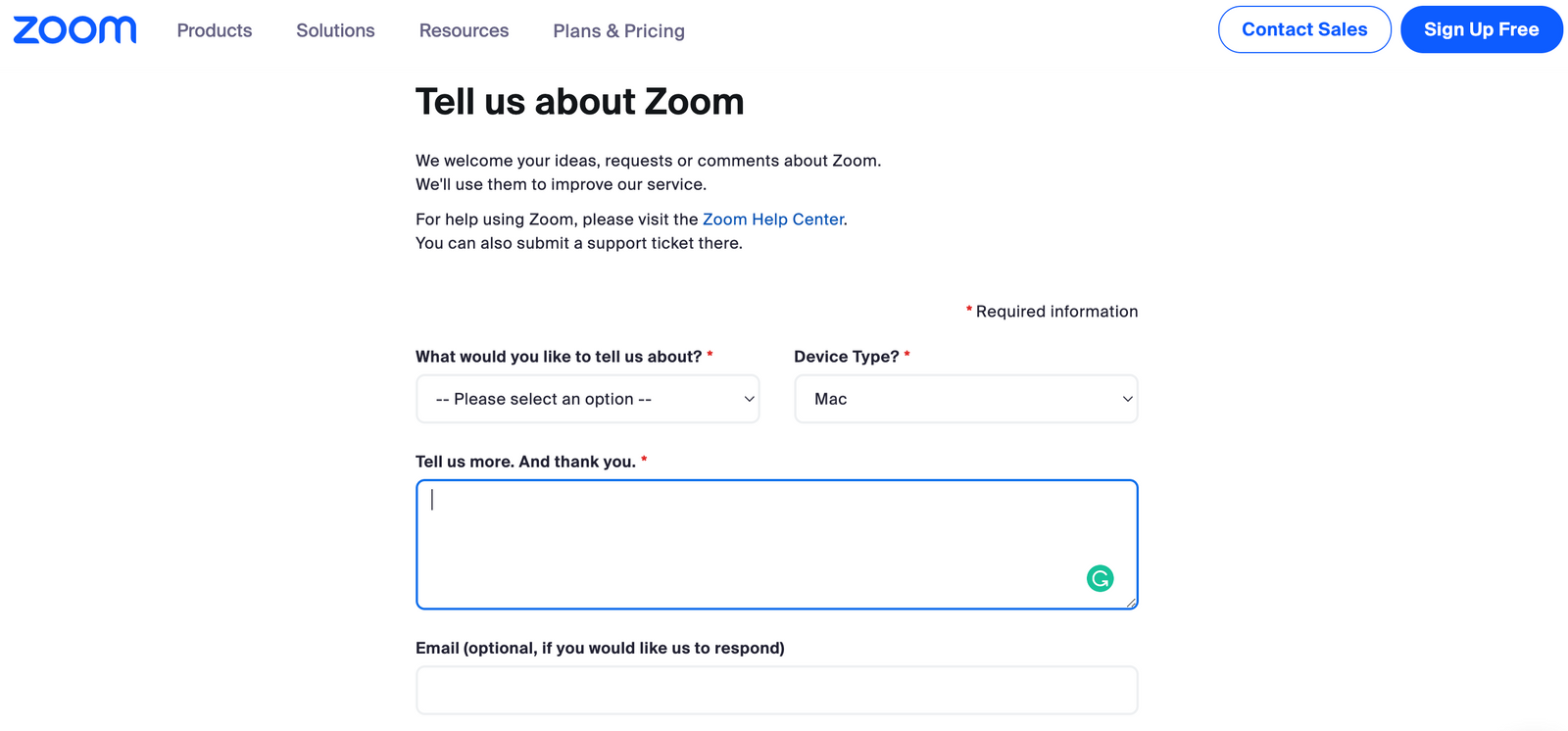
Understanding Customer Needs:
- What specific problem does our product/service solve for you?
- Why did you choose our product/service over others?
Customer Retention:
- Do you plan to renew your subscription/use our service in the future?
Remember to make your questions as specific and clear as possible to avoid confusion. It can be helpful to use multiple-choice questions, rating scales, and open-ended questions to get a mix of quantitative and qualitative data.
Where to ask for User Feedback in SaaS Customer Journey?
Choosing the right medium to ask for customer feedback is as important as when you ask for it. Different methods will have different levels of response rates and might appeal to different demographics. Here's where you can ask for feedback throughout the SaaS customer journey:
- Feedback Emails: Emails also allow you to reach out to customers who might not be actively using your product.
- In-app Pop-ups: You can use in-app messages or pop-ups to ask for feedback after users complete key actions or use new features.
- Customer Support Interaction: After a customer support session, it's a good time to ask for feedback regarding the support experience.
- Website Feedback: Asking for feedback when the user is on your marketing website to understand how they feel.
- User Interviews: If you need more detailed feedback or want to better understand user behavior, conducting user interviews can be beneficial.
- Feedback Form: A feedback form on your website where users can provide feedback anytime is a good idea. This ensures you also capture feedback from users who would not respond to other feedback methods.
- Community Forums: If you have a community forum for your product, it's a great place to ask for feedback.
- Product Reviews Sites: Websites like G2, Capterra, and Trustpilot are commonly used by customers to provide feedback on SaaS products.
Remember not to overwhelm your customers with feedback requests. Space out your requests and respect their time. Providing an incentive to increase response rates and always respond, even if it is negative feedback.
Tips to Ask for Customer Feedback for Your SaaS Product
- Timing is Crucial. Ask for feedback at the right time.
- Make it Easy and Convenient. Feedback widgets and in-app feedback or feedback boards keep your questions clear, concise, and direct.
- Use Multiple Channels. Use various channels like email, in-app widgets, community forums, social media, and customer support tickets to gather feedback.
- Ask the Right Questions. What you ask is just as important as when or how you ask it. Make sure your questions are specific and open-ended.
- Invite Feedback on Your Product. Include a 'Submit Feedback' or 'Help Us Improve' button.
- Personalize Your Requests. Make your feedback requests more personal.
- Show Appreciation: Thank customers for their time and feedback.
- Offer Incentives: Encourage customers to provide feedback by offering incentives like discounts, access to new features, or entries into a prize draw.
- Closed the Feedback Loop. Follow Up. Update customers on changes based on feedback to encourage future participation.
- Act on Feedback. Feedback is only valuable if it's used to make improvements. Show your customers that their feedback has an impact.
Setup Customer Feedback System for Your SaaS Today
In wrapping up, seeking customer feedback for your SaaS product is not just a one-time effort but a continuous journey towards better understanding your customer needs, improving your product, supporting your company vision, and growing your business. The approach you take, the questions you ask, the channels you use, and the time you ask for feedback can all significantly influence the quality of the feedback you receive.
Remember, every piece of customer feedback—positive or negative—serves as a roadmap, guiding you toward enhancing your SaaS product to meet and exceed customer expectations. It's these fine details and insights that can transform your product from good to great, making it indispensable for your users.
But merely collecting feedback isn't enough; not acting on user feedback is a costly mistake. The real success lies in acting upon it, in demonstrating to your customers that their voices are heard, their opinions are valued, and their suggestions are implemented.
Embark on the rewarding journey of seeking customer feedback, and watch how it creates a significant impact on your product development, customer satisfaction, and overall business growth.
To help you in the product development process and achieve product-market fit, it’s always good to have a feedback management tool to help you understand your users' journey and consistently strive to deliver value, organize feedback and communicate new feature releases.
Incorporate customer feedback into your SaaS product development.
- Set up a Customer Feedback System
- Collect Actionable Feedback from Customers and Teammates
- Analyze, Prioritize, and Categorize Feedback Data to Make Sense of It
- Act and Have a Specific Product Evolution Plan
- Announce New Features and Product Updates
With Rapidr, you can collect, analyze, and organize feedback and engage with customers as their feedback moves through the development process. Sign up for free and set up a complete customer feedback system to inform and enhance your SaaS customer journey.

